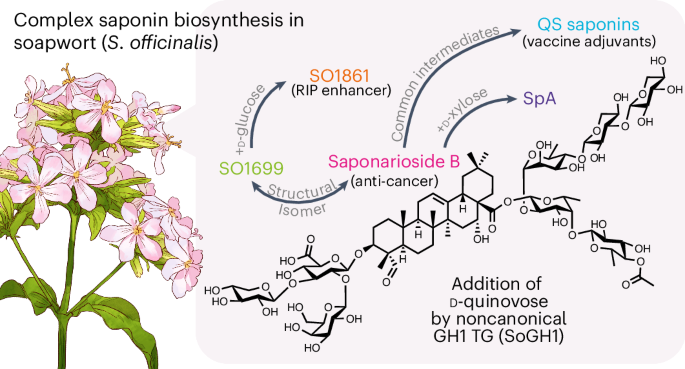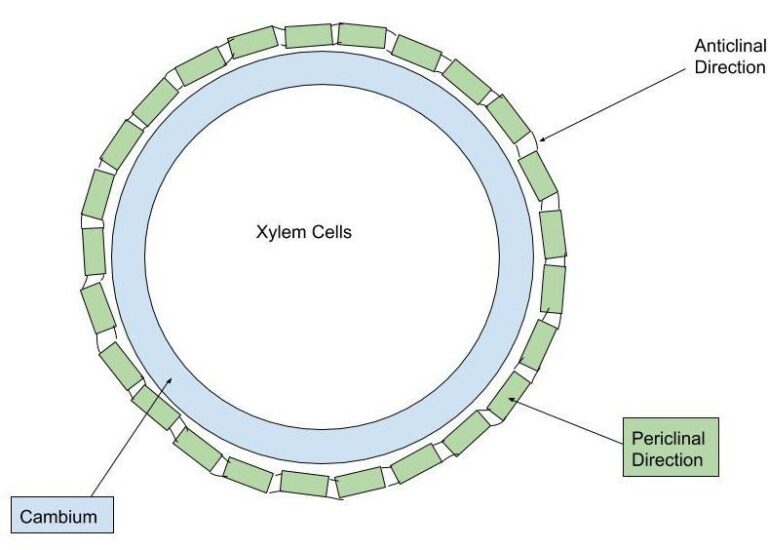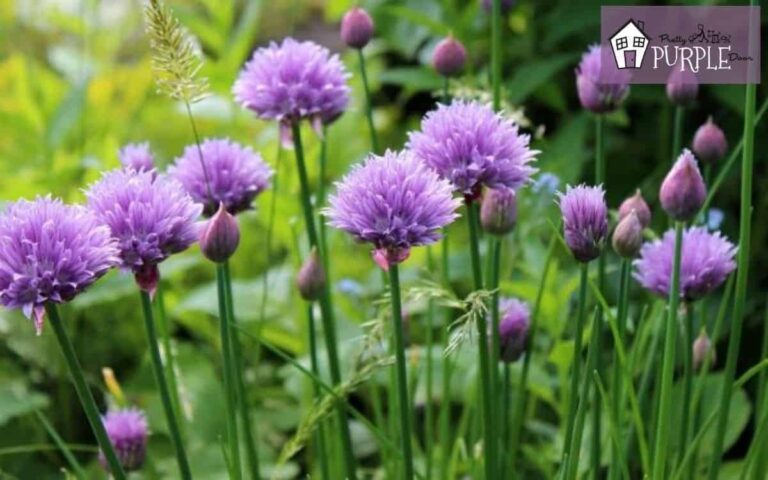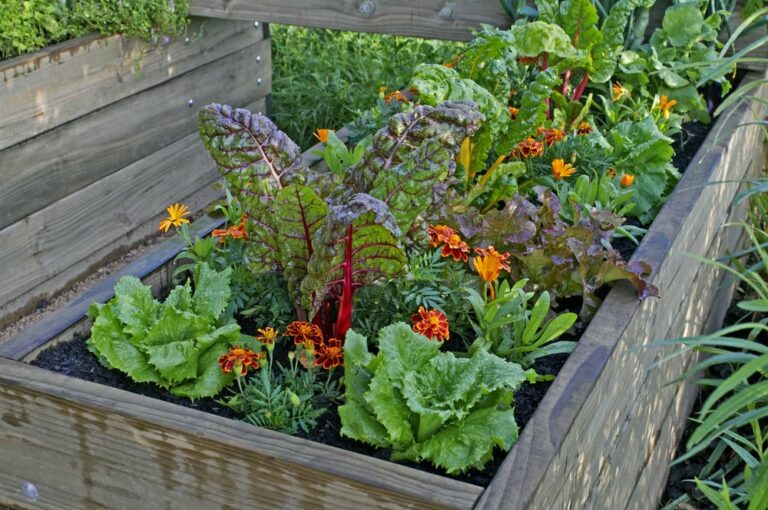Natural Cleaning with Plants
Using Plants to Clean Your Home
Plants aren’t just for looks anymore. They’ve got some serious cleaning power that more folks are catching onto. These green champs provide a nature-friendly swap for those harsh chemical cleaners sitting under your sink. Getting to know which plants can help around the house might just turn you into a green-cleaning enthusiast.
Some plants are real all-stars because they contain natural sudsy compounds called saponins. These soap-like chemicals whip up bubbles and can scrub the grime away effectively. It’s not just about cleaning, though—plants have many tricks up their leafy sleeves. If you’re intrigued by what else plants offer, check out our tips on plants with colorful leaves or plants with heart shaped leaves.
Getting to Know Saponins
So, what’s the deal with saponins? These little wonders show up in lots of plants and have a knack for acting like soap. The term “saponin” itself hails from “sapo,” the Latin word for—you guessed it—soap. Thanks to their ability to mix well with water and break up oils, they’re spot-on for cleaning tasks.
| Saponin Content in Plants | Percent (%) |
|---|---|
| Soapwort | 30 |
| Horse Chestnut | 3-5 |
| Quillaja Saponaria | 10-20 |
Saponins do their magic by lowering water’s surface tension, helping it sneak into nooks and crannies better than plain old water can. They’re like the secret ingredient in homemade laundry soap, dishwashing liquids, and more. Plus, since they break down naturally and are safe for you and Mother Earth, you can scrub without worry.
Finding plants loaded with saponins means more natural cleaning options to try. Big names in this crowd are Soapwort, Horse Chestnut, and Quillaja Saponaria. Besides cleaning, these plants offer a bundle of other perks. If you’re curious about more plant wonders, wander over to our sections on plants with medicinal properties or plants with estrogen.
Tapping into saponin-rich plants for cleaning isn’t just a smart move—it’s a step towards a cleaner, greener way of living. Say goodbye to synthetic stuff and hello to a fresher, healthier home.
Plants Rich in Saponins
If you’re in the market for eco-friendly cleaning options, it might be time to raid the natural world. Some plants, like Soapwort, Horse Chestnut, and Quillaja Saponaria are bursting with saponins – these are like nature’s own cleaning agents. They’re not just good at scrubbing up dirt, but also versatile little wonders in what they can do.
Soapwort
Meet Soapwort (Saponaria officinalis), your new broom in the garden. This perennial herb is practically begging to be used as a soap substitute with loads of saponins. You can use the leaves, roots, and even the rhizomes for a soap that’ll leave your delicates as fresh as a daisy. With a history of sidling up to gentle fabrics, it’s an old-school cleaner’s best friend.
| Component | Saponin Content (%) |
|---|---|
| Leaves | 2 – 3 |
| Roots | 5 – 7 |
| Rhizomes | 4 – 5 |
If the idea of making your own cleaner tickles your fancy, check out our piece on whipping up DIY Cleaning Recipes. It’s a no-sweat introduction to trying out Soapwort’s cleaning prowess at home.
Horse Chestnut
Next up, let’s chat about Horse Chestnut (Aesculus hippocastanum). Its seeds, or conkers as your grandma might call them, are packed with saponins. Apart from their cleaning chops, these seeds have also made a name for themselves in the world of natural healing.
| Component | Saponin Content (%) |
|---|---|
| Seeds | 10 – 13 |
| Bark | 5 – 8 |
| Leaves | 2 – 4 |
Horse Chestnut’s saponin stockpile makes it a champ for DIY laundry detergents. If you’re keen to mix up your cleaning routine with nature’s medicine cabinet, mosey over to our guide on plants with medicinal properties.
Quillaja Saponaria
Quillaja Saponaria, or the soapbark tree, is like the magic wand of plants when it comes to saponins. The inner bark is where all the action is, perfect for cooking up soaps or even jazzing up food with natural additives.
| Component | Saponin Content (%) |
|---|---|
| Inner Bark | 8 – 10 |
| Leaves | 1 – 2 |
| Wood | 1 – 2 |
Known for lathering up bubbles like nobody’s business, Quillaja Saponaria stars in shampoos and liquid soaps. And if you’re into versatile plants, take a peek at our rundown of plants with collagen, giving your beauty routine a natural facelift.
Turning to plants might just be the remedy for cutting through synthetic grime and making cleaning greener. These saponin-rich wonders help keep houses spick-and-span without the chemical guilt trip. How about letting nature take the wheel on your cleaning chores next time?
More Plants with Saponins
Saponins, the plant world’s hidden gems, are what you get if Mother Nature tried her hand at making soap. They froth up like they’re trying to win some magical bubble bath contest. So let’s get chummy with some plants that are bubbling over with saponins and see how they can help you keep things squeaky clean.
Yucca
Yucca might sound like it’s bucking for a spot in the Wild West but it’s a plant from the sunny deserts of the U.S. southwest. And believe it or not, Native folks figured out this plant’s got some serious cleaning mojo packed in its roots and leaves.
| Part of Yucca | Saponin Content (%) |
|---|---|
| Root | 3.7 |
| Leaves | 2.6 |
Yucca ain’t just a one-trick pony. It’s got medicinal flair, too. Check out more about its healing side in our piece on plants with medicinal properties.
Ginseng
Meet Ginseng, the rockstar of herbal medicine, starring its main attraction – ginsenosides, a type of saponin that really kick things up. This stuff’s not just about the cleaning; it’s about feeling good, too.
| Type of Ginseng | Saponin Content (%) |
|---|---|
| Panax Ginseng | 5.0 |
| American Ginseng | 3.7 |
Plenty of folks dig Ginseng for its health perks, turning to it for a bit of everything from pep talks for the body to a natural facelift.
Soapberry
Soapberry, the Swiss Army knife of the plant world, carries a double name for some reason. It’s fancy like that. Belonging to the Sapindus clan, these little gems are pretty spot-on as a Mother Nature-approved detergent.
| Part of Soapberry | Saponin Content (%) |
|---|---|
| Fruit | 15.0 |
Soapberry’s a twofer: it’s good for getting things shine-and-spot-free while also making a visual splash. Curious about other pretty plants? Check out our scoop on plants with colorful leaves and plants with long vines.
Ivy
Ivy’s the old classic, especially the English version when it comes to saponins. The leaves ain’t just for show; they pack a cleaning punch too.
| Part of Ivy | Saponin Content (%) |
|---|---|
| Leaves | 6.4 |
Besides its good cleaning creds, Ivy clambers all over your abode, turning your garden or home into a lush paradise. For more on its viney friends, peep our article on plants with long vines.
So why not bring a bit of nature indoors? With these plants, you’re not just cleaning up; you’re cozying up to a more natural way of living. Whether you’re whipping up a batch of cleaner that’s as kind to you as it is to Planet Earth, or you fancy making a homemade cleanser, these plant pals have got your back.
How Saponins Clean
Mechanism of Action
Saponins are nifty little compounds that pop up naturally in all kinds of plants. They’ve got this neat trick where they act almost like nature’s own soap, making them super handy for cleaning. The secret sauce behind how saponins work their magic lies in their unique chemical structure, letting them buddy up with both water and grease alike.
Here’s the rundown on how they do their cleaning magic:
- Surfactant Shenanigans: Saponins put on their surfactant hat and lower the water’s surface tension, which means the water can sneak into every nook and cranny much easier.
- Oil-Busting Powers: They can break up oils and fats, sort of like they’ve got tiny boxing gloves on. By surrounding those oily bits and breaking ’em into manageable pieces, they make sure that every last bit of grease kisses the drain goodbye.
- Bubbly Foam Party: When you mix them up in water, saponins create a rich foam. This bubbly wonder helps yank dirt and grime right off of surfaces, making tidying up feel like less of a chore.
Advantages of Using Plant-Based Cleaners
Goods made from saponin-rich plants bring a load of perks compared to your regular ol’ cleaners. Here’s what makes them stand out for anyone looking to clean green and lean:
| Advantage | Description |
|---|---|
| Earth-Friendly | Saponins naturally fade away once they’ve done their job, meaning less pollution hanging around. |
| Safe and Sound | These cleaner solutions skip out on harsh chemicals, which keeps them safe for all your loved ones, whether they walk on two legs or four. |
| Eco-Smart | Collecting these plants takes a smaller toll on Mother Nature than brewing up synthetic chemicals. |
| Super Adaptable | They’re like a cleaning Swiss Army knife, fit for almost any surface you’d want to shine up, from windows to wooden tables to your favorite sweater. |
| Gentle on You | Got sensitive skin or allergies tagging along? Plant-based cleaners often are softer on the skin, letting you spare the irritation. |
Curious about how plants help us out in other ways? Check out our write-ups on plants with medicinal properties and plants with calcium. If you’re hungry for more plant knowledge, dig into our guide on plants with protein.
With all that know-how on saponins in your back pocket, choosing these natural cleaning allies is a no-brainer for a healthier, eco-friendly routine. Keep an eye out for which plants are stocked with these cleaning powerhouses to supercharge your natural cleaning game.
Using Plants with Saponins
DIY Cleaning Recipes
Why buy expensive cleaners when you can whip up your own from plants hiding magical cleaning properties? Plants with saponins give you a natural, Earth-friendly alternative that works. Get ready to turn your kitchen into a lab with these simple and effective recipes.
Soapwort Cleaner
Ingredients:
- 1 cup of chopped Soapwort leaves and roots
- 2 cups of water
Instructions:
- Boil up some water and toss in your chopped Soapwort.
- Let it simmer gently for about 15-20 minutes.
- Cool it down, then strain it.
- Voila! You have a multi-purpose cleaner for all your household surfaces.
Horse Chestnut Laundry Detergent
Ingredients:
- 10 Horse Chestnuts
- Water
Instructions:
- Grab those Horse Chestnuts, smash ’em up, and peel off the shells.
- Give the crushed nuts a good soak in water overnight.
- Strain and use that liquid gold as your laundry detergent.
Wanna try more plant-based cleaning hacks? Take a look at our section on plants with medicinal properties.
Safety Precautions
Going green with your cleaning products comes with a few must-dos to keep yourself and your crew safe:
- Do a spot test before slathering any concoction onto surfaces.
- Gloves are your friends; they keep skin irritation at bay.
- Label your bottles clearly, so no one drinks your cleaner by mistake.
- And hey, keep these out of bounds for curious kids and pets.
Environmental Benefits
Switching to plant-based cleaners means less guilt on your part when it comes to saving the planet. Here’s what you get:
| Benefit | Description |
|---|---|
| Biodegradable | Your homemade stuff breaks down naturally, keeping Mother Earth happy. |
| Renewable | This isn’t a one-time deal; plants like Soapberry and Quillaja replenish and are kind to the planet. |
| Low Toxicity | With fewer chemicals, these blends are much better for our world. |
For more insight on eco-friendly living, peek at our articles on plants with big leaves and plants with long vines.
Introducing plants with saponins into your cleaning routine means you’re not only cleansing your home but also making a positive impact on our environment. These natural cleaners are your path to a safer, cleaner world.




